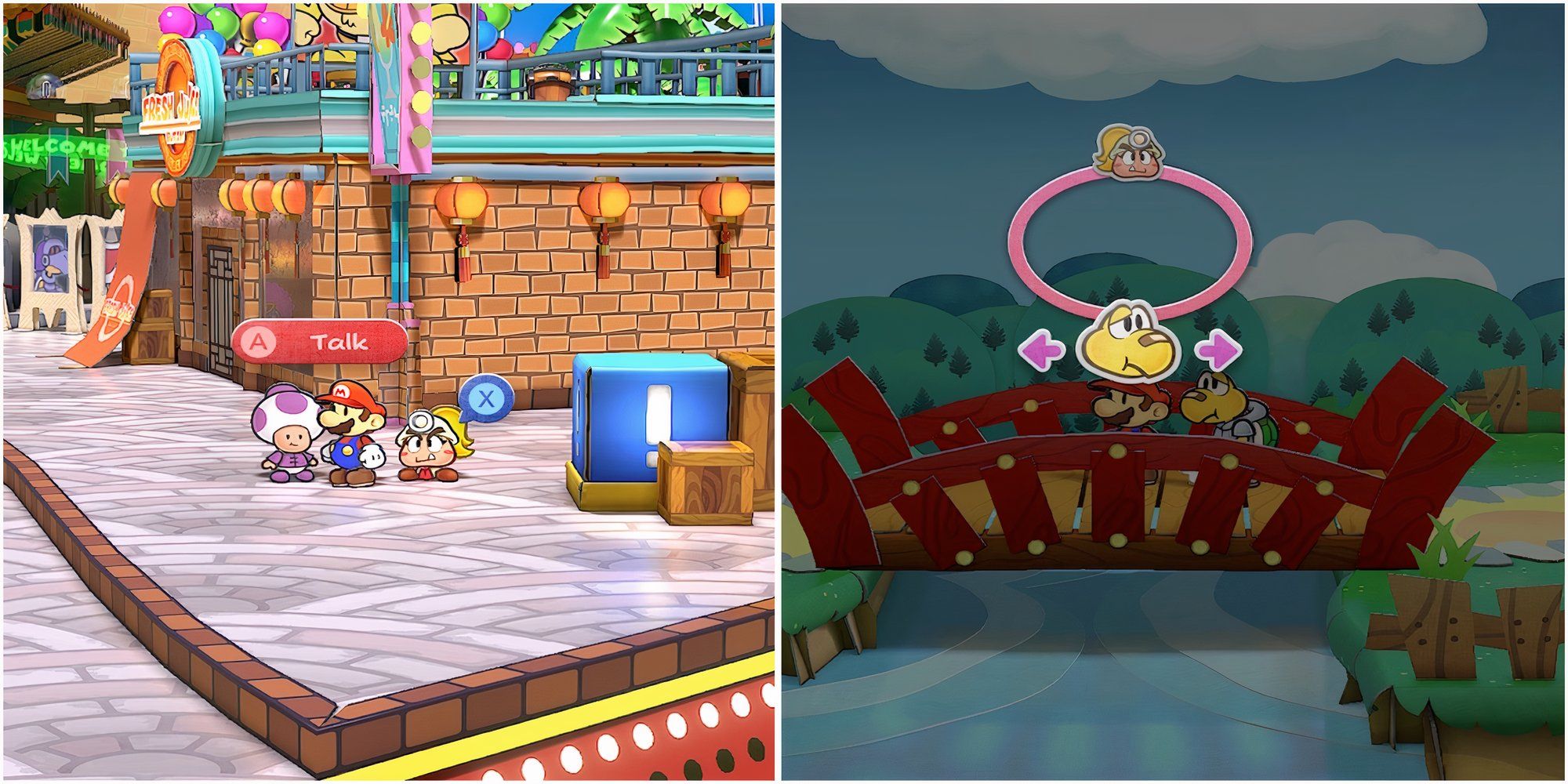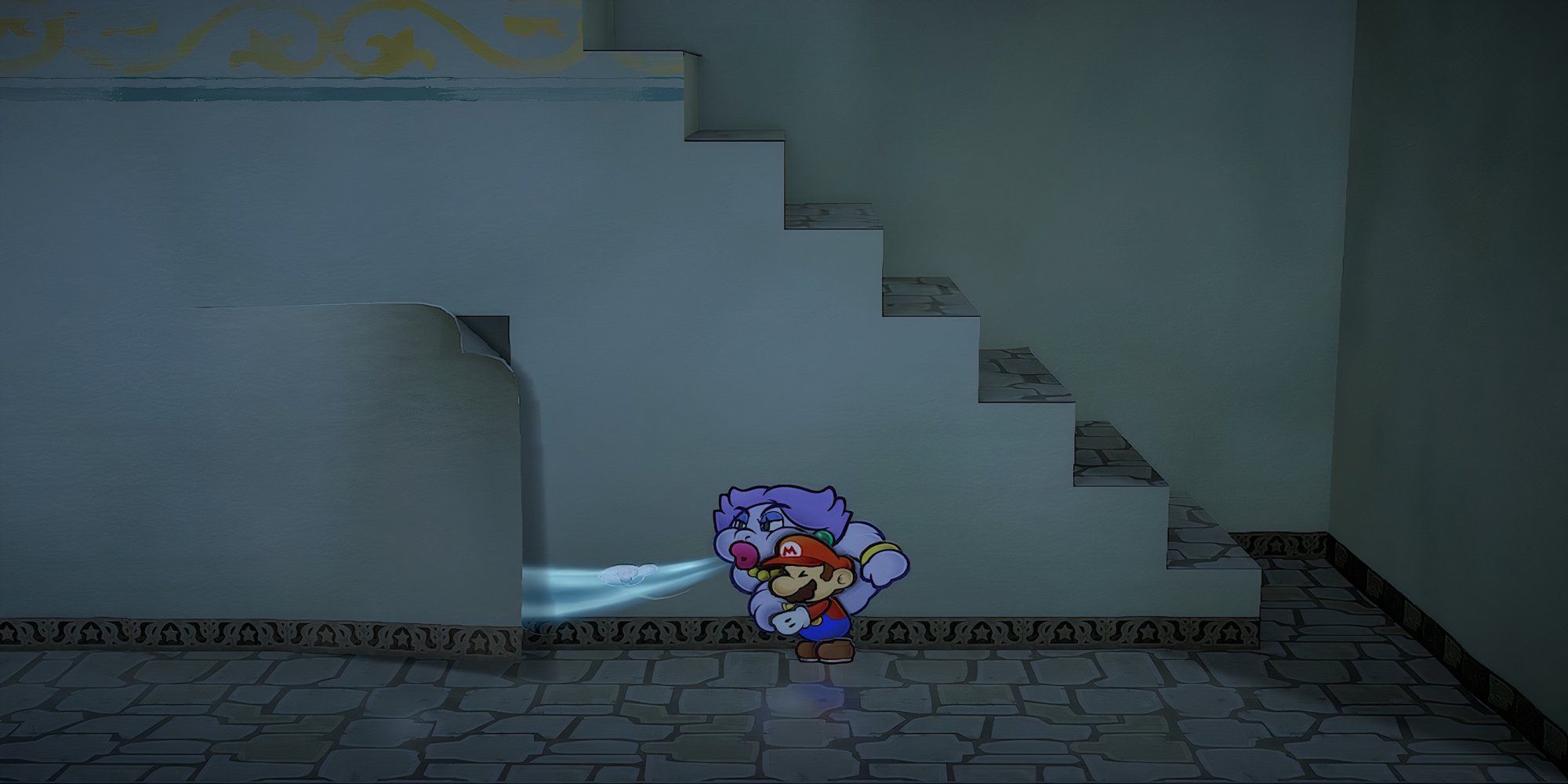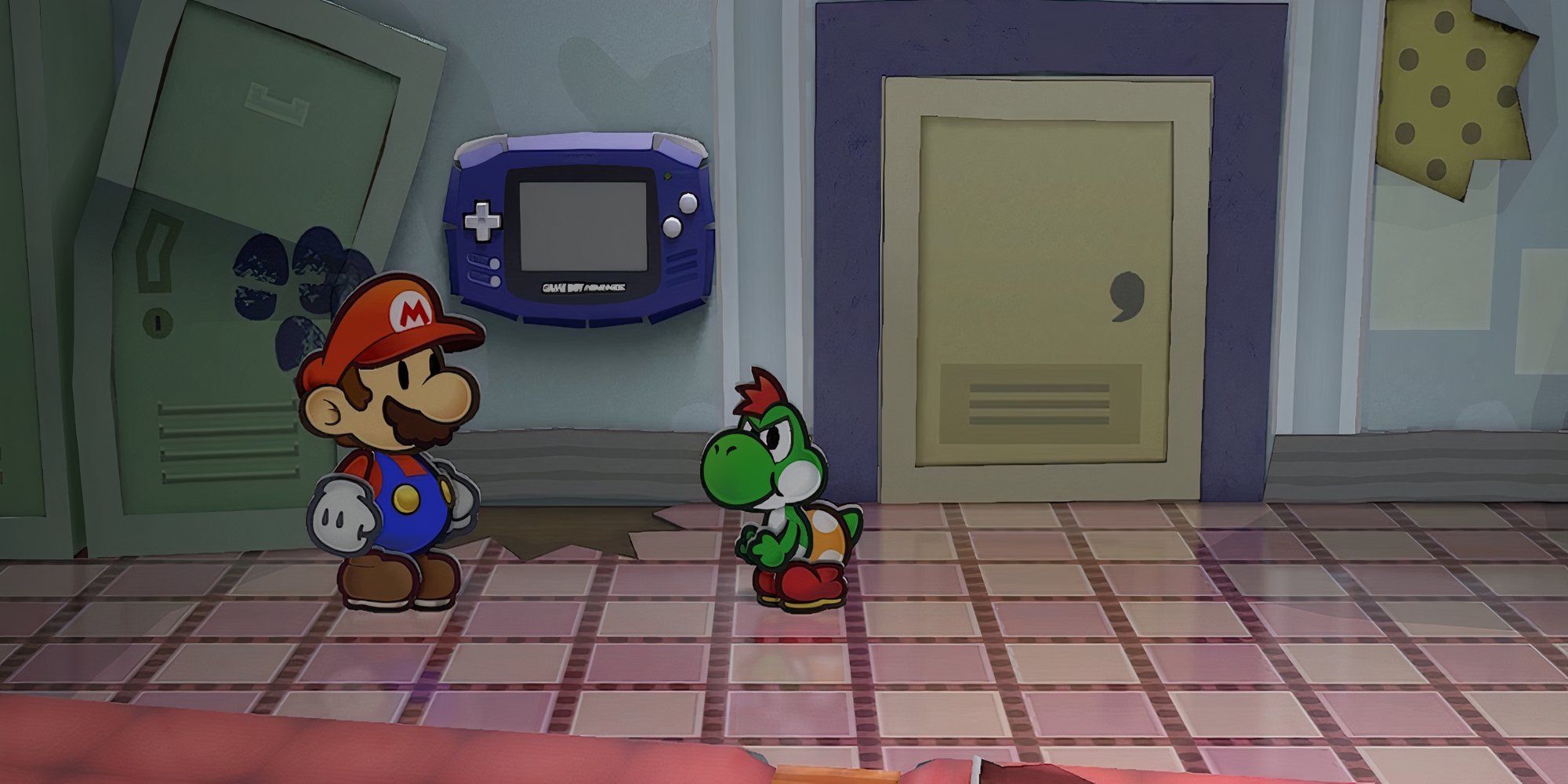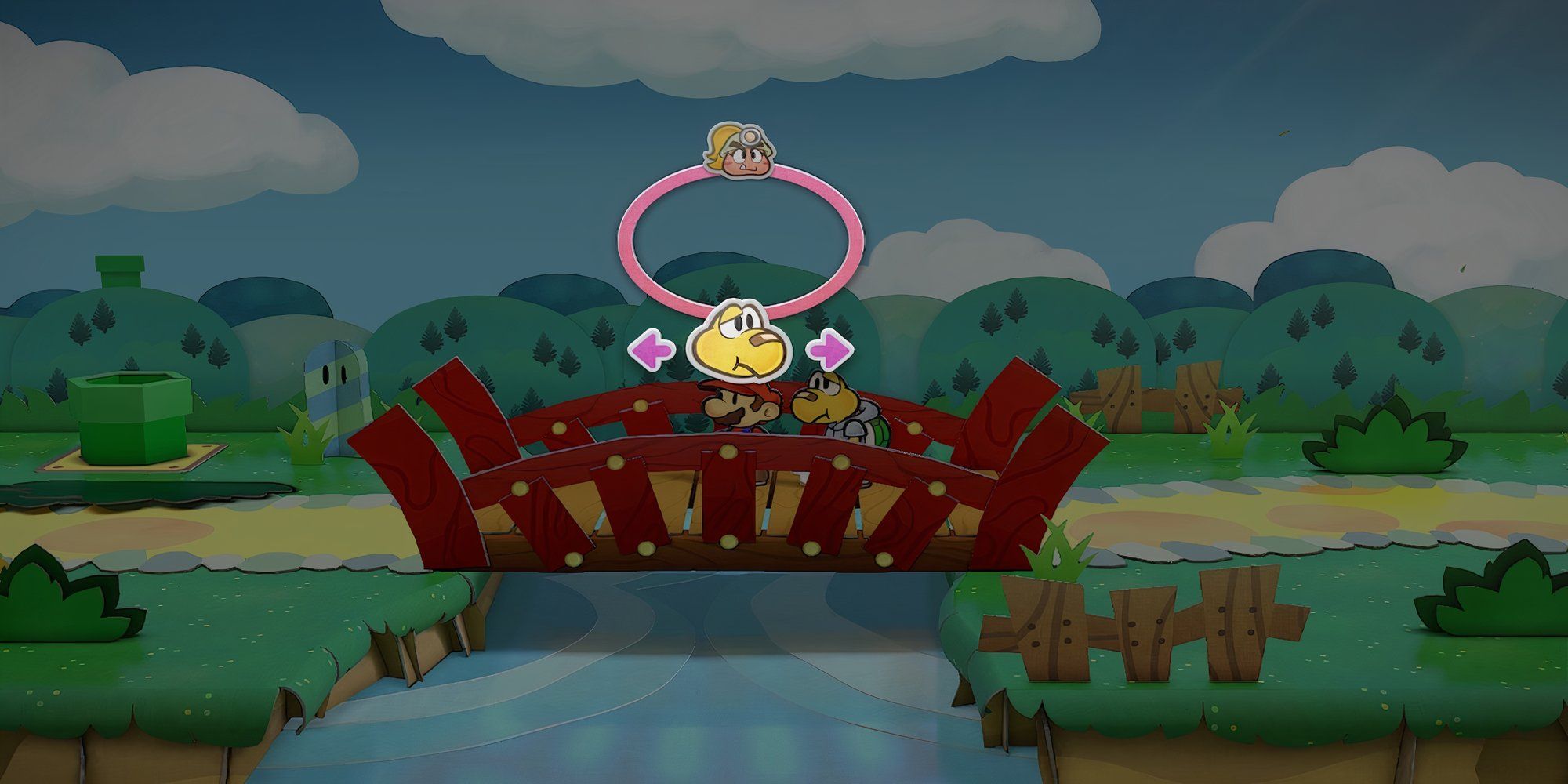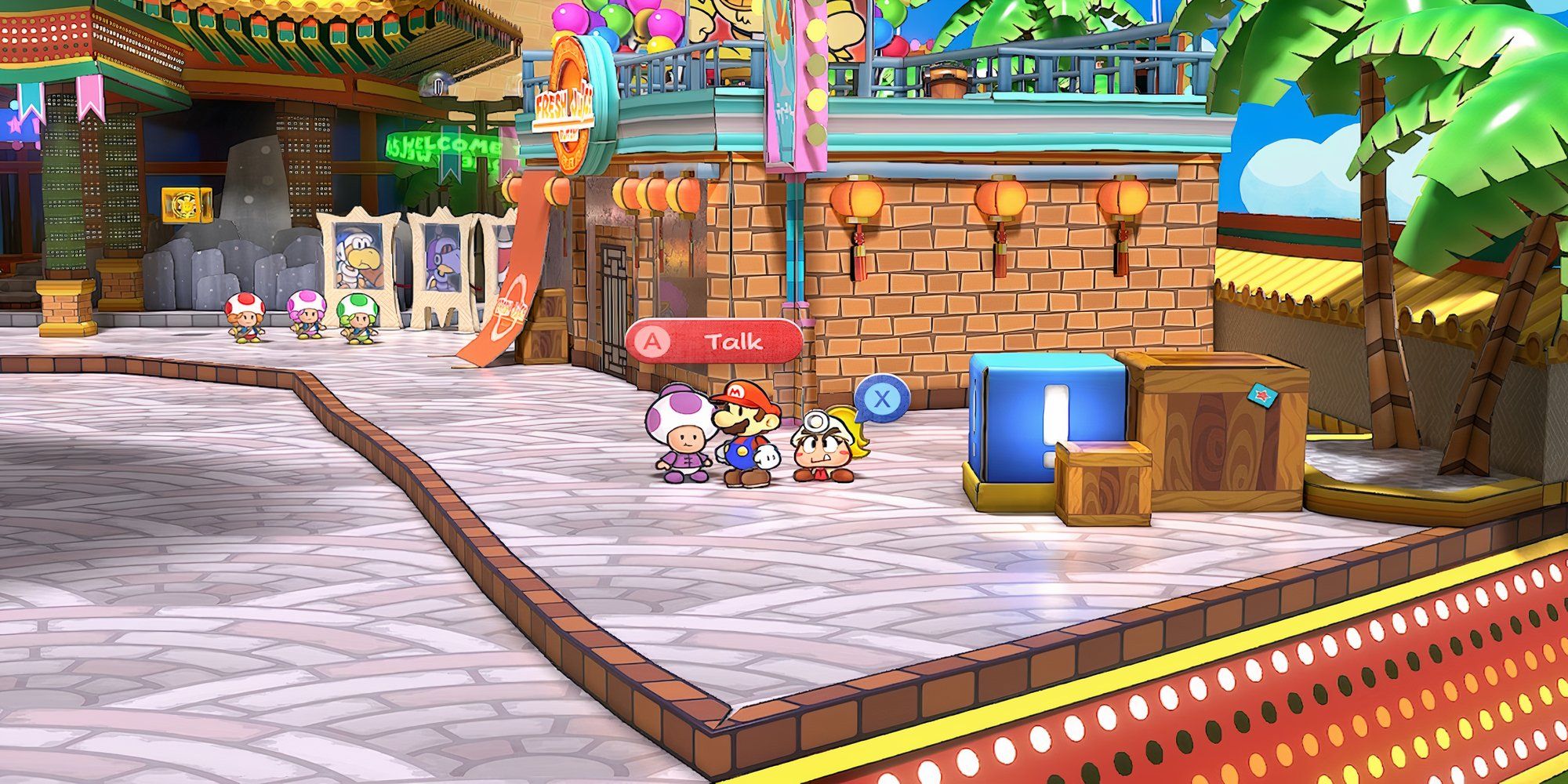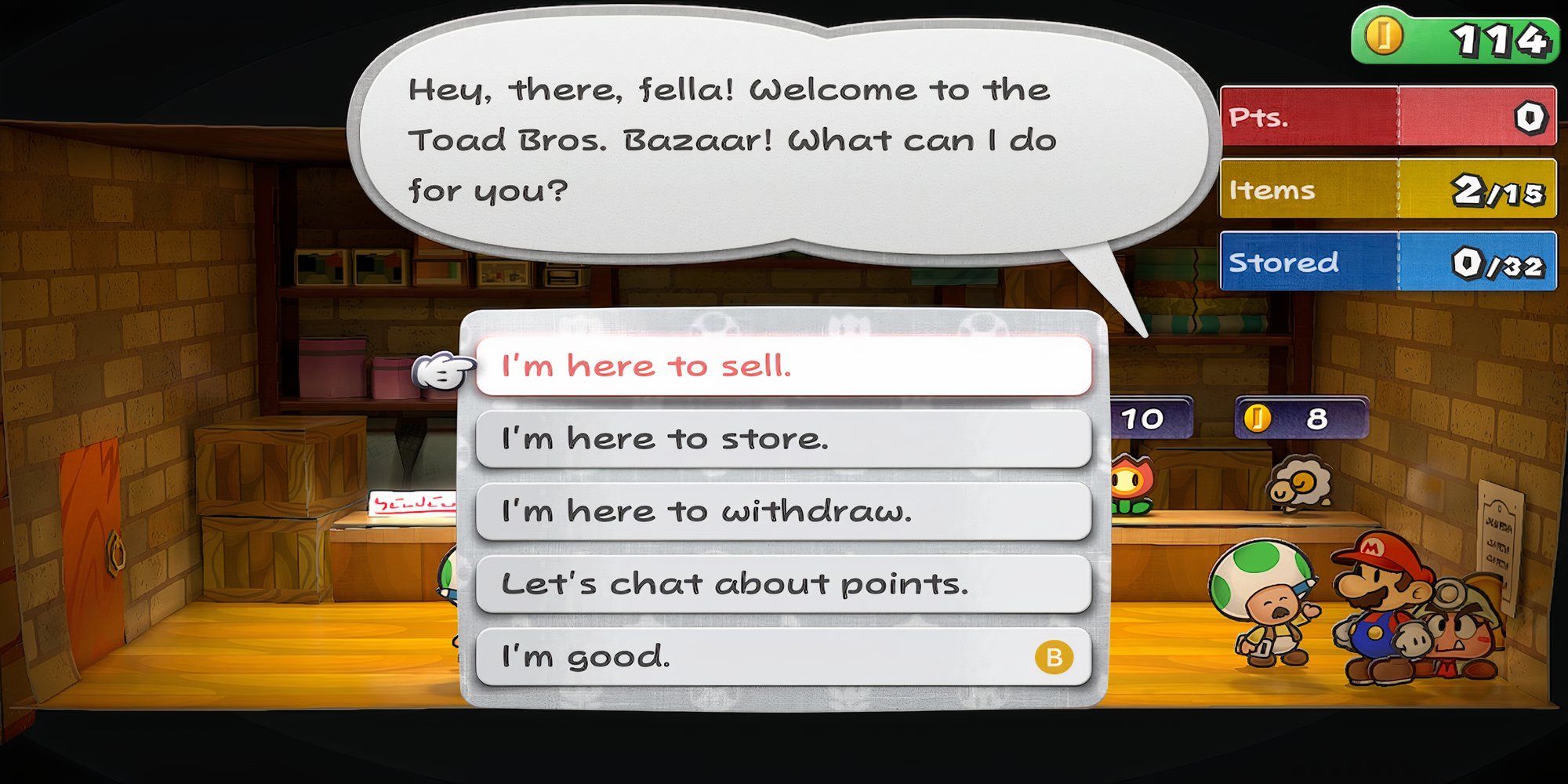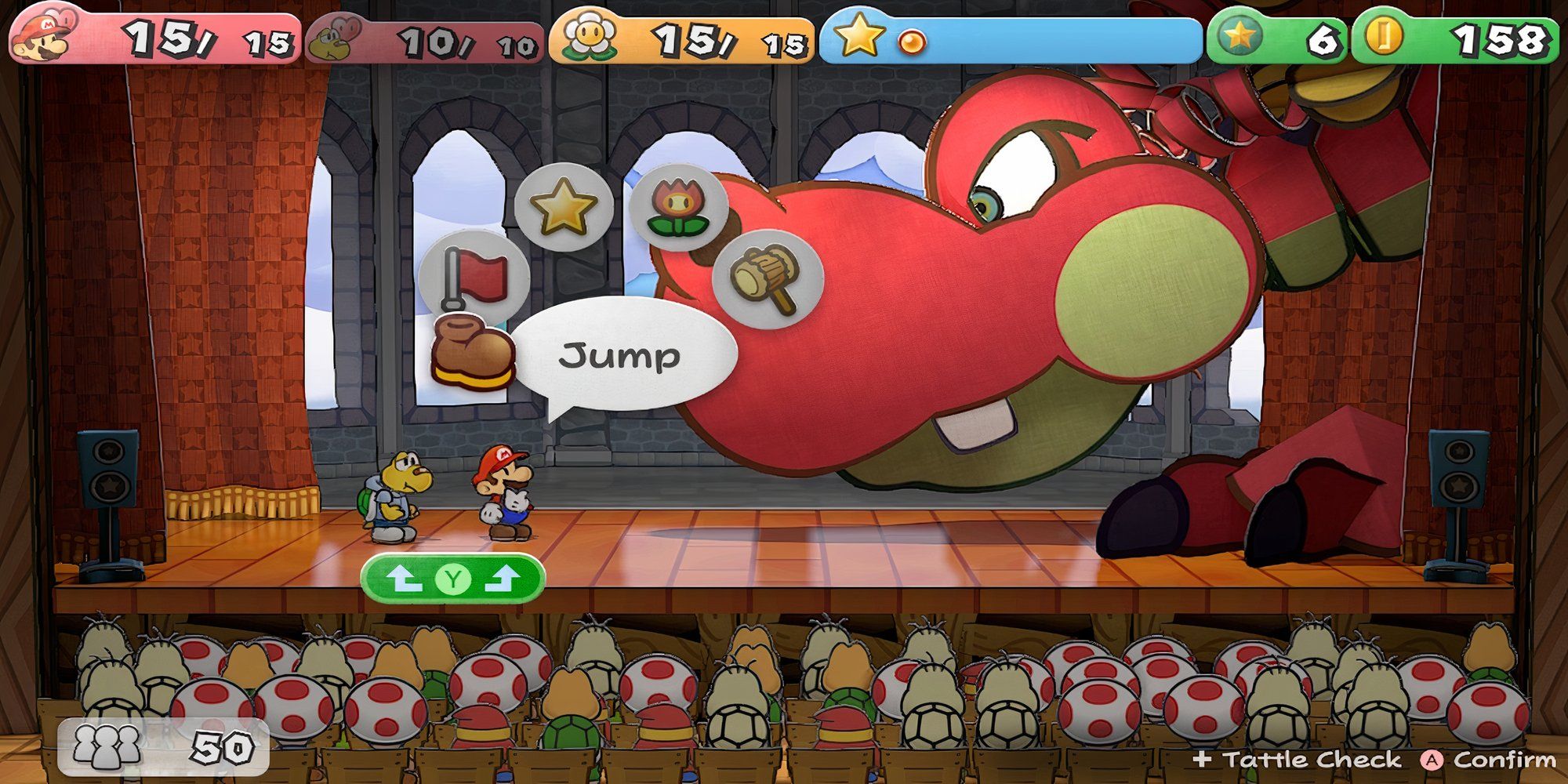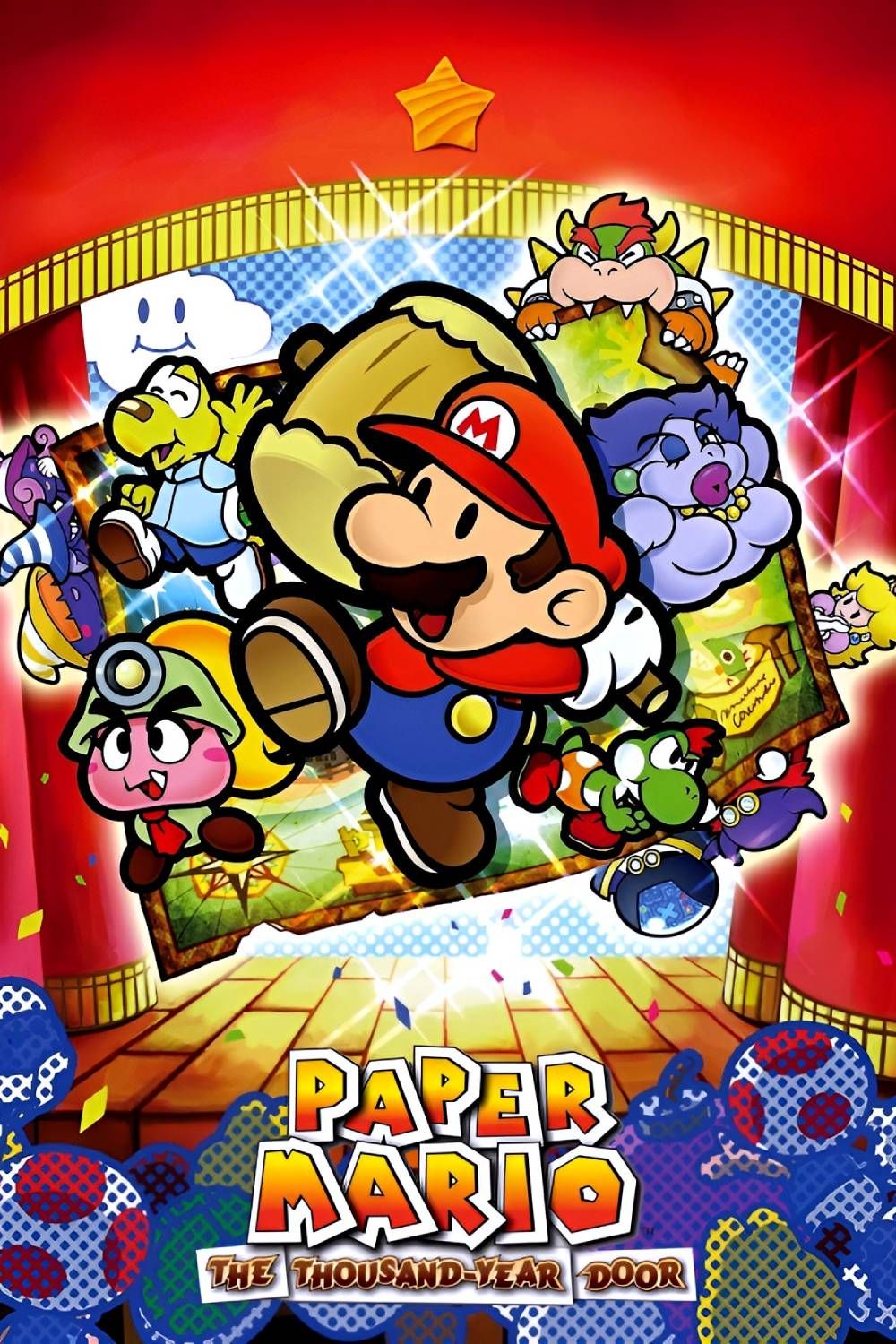Highlights
- Art style improvements in the remastered Paper Mario: The Thousand-Year Door provide visually stimulating gameplay benefits.
- New and remixed soundtrack, personal character charm, and convenient shortcuts enhance player experience in the remaster.
- The Battle Master NPC assists players in learning moves quicker, while inventory upgrades allow for more money and item storage.
Mario was a platforming icon for a long time until Super Mario RPG: Legend of the Seven Stars appeared on the SNES. It was Mario’s first foray into the RPG genre thanks to Square Enix, or Squaresoft at the time, and the game was certainly not Mario’s last RPG. The spiritual sequel series, Paper Mario, began on the N64 followed closely by this sequel, Paper Mario: The Thousand-Year Door on the GameCube.
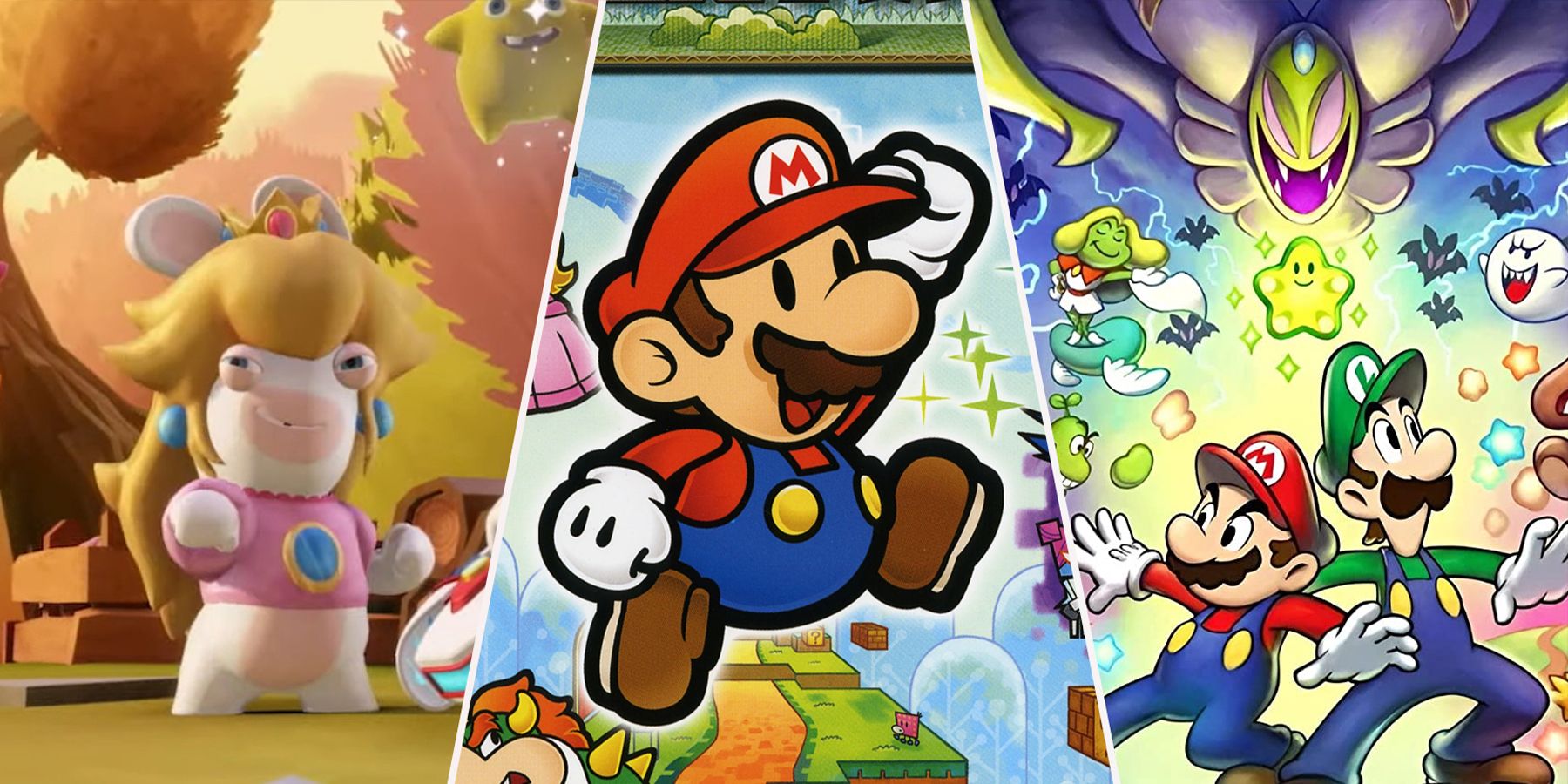
Every Super Mario RPG, Ranked
For over 20 years, Mario RPGs have been a surprise gem for Nintendo fans. They balance the cartoonish world of Mario with JRPG gameplay.
Now, twenty years after its original debut, Paper Mario: The Thousand-Year Door has returned in a remastered form on the Nintendo Switch. Did Nintendo change anything to it besides adding a fresh coat of paint? Let’s dive in and see.
6 It’s More Than A Graphical Improvement
It’s Easier To Traverse The Environment
Nostalgia can play with one’s memory. To some, the remaster of Paper Mario: The Thousand-Year Door may look like the GameCube game with a shiny coat of paint, but the graphics are more than improved. The original game had a paper-like quality to the art design, and it used a cel-shading technique to get this point across.
This remaster improves the art style by giving more outlines to everything. Characters look like they are legitimately made of paper and are living in a 3D world. It’s visually stimulating to look at, but it’s also helpful for the gameplay. Players can now more easily distinguish parts of the environment since they are more defined, which helps with mechanics like platforming or trying to find secrets.
5 Everyone Has A Distinct Voice
The Soundtrack Has Also Changed
The remaster gives players an entirely new and remixed soundtrack to listen to throughout the adventure. There are some new tracks accompanying new characters and new sections of the game. If players don’t like the remixed version though, then they can buy a Badge in Paper Mario: The Thousand-Year Door which will revert the soundtrack to its original form. It's called Nostalgic Tunes, and it can be bought in Rogueport.
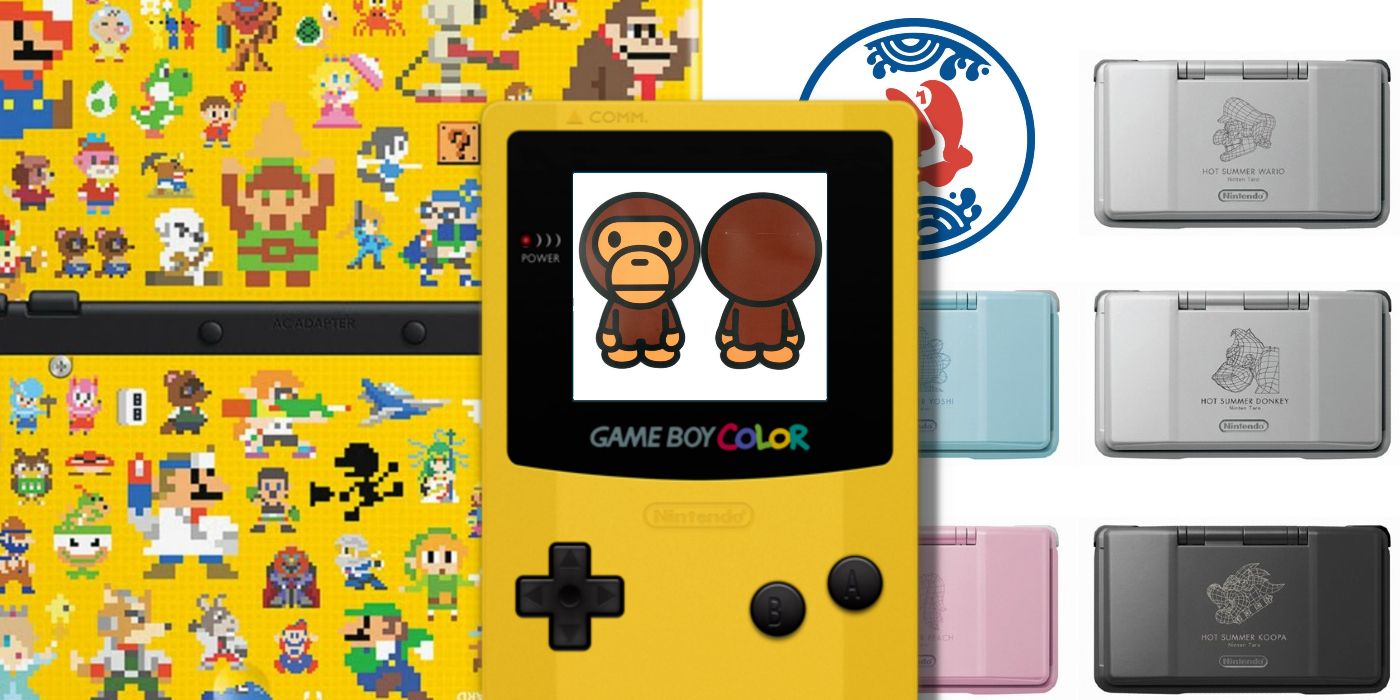
10 Mario Console Variations You Never Knew Existed
Mario's marvelous mug has appeared across many Nintendo consoles but some are so rare and strange many fans are surprised they even exist.
Besides the soundtrack, the remaster also added personal charm to all the characters. In the original, every character emitted the same sound effect whenever they talked in their speech bubbles. In the remaster, these sound effects are personalized to every character. For example, female characters like Goombella, who is a Goomba student trying to study the world, have a more high-pitched sound effect, and so on.
4 New Shortcuts
From Fast Travel To Party Members
For players that missed this mechanic in the game, there are corresponding shortcuts to the various menus. One can go to the Badge menu while another can go to the pantry window. Those are hot tips for Paper Mario: The Thousand-Year Door, but they were present in the GameCube version as well.
The Partner Wheel is new for the remaster though, and it can be brought up with the Switch’s L button. It will display all current party members, and a quick selection will summon them to the field. Another related shortcut fixes the fast travel system. The pipe room below Rogueport is now numbered and more defined if players wish to quickly travel to Petalburg or Twilight Town, for example.
3 The Battle Master
Learn Moves Like A Pro
One of the best things that Super Mario RPG: Legend of the Seven Stars introduced to turn-based RPGs was the time-based mechanics. Their implementation in Paper Mario: The Thousand-Year Door is experimental, but easy to learn if players pay attention, from Mario’s hammer attacks to Koops’ shell-based weaponry. Players in the remaster can pick up moves even quicker via the new NPC, The Battle Master.
This Toad character will create mock battles in which players can test their moves. The Battle Master will appear in most towns in the game, so players would be wise to take advantage of his knowledge. For example, it’s a good idea to hop into the simulator whenever a new party member is recruited.
2 The Inventory Is Slightly Bigger
Mario Can Hold More Money And Items
The inventory system is one thing that wasn’t fixed as much as old fans might have wanted. In the original game, Mario’s party could hold 10 items and this has been increased to 15 from the start of the remaster. In both versions, players can go into the Pit of 100 Trials to find an upgrade that will increase this capacity further.
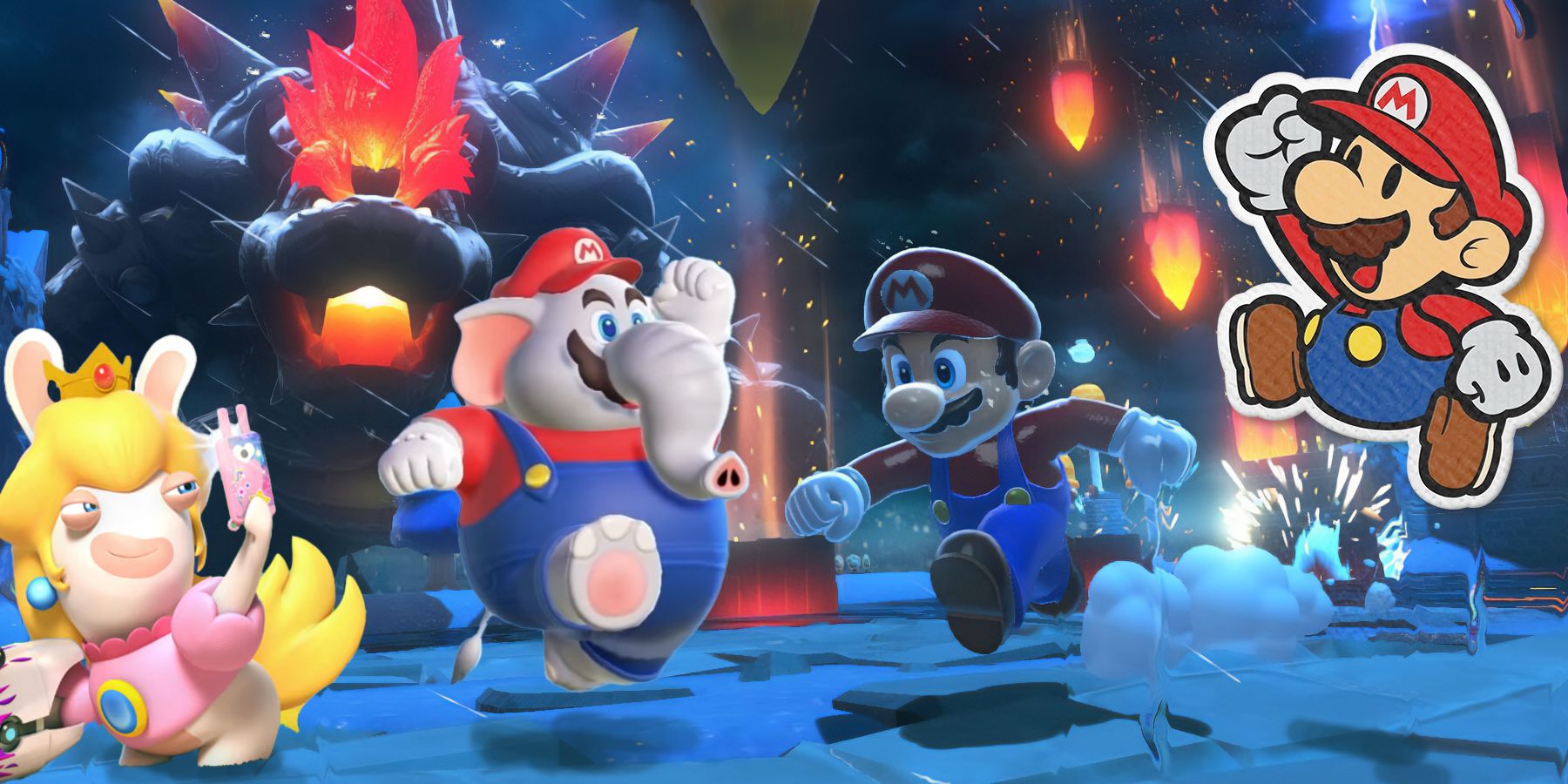
27 Most Difficult Mario Games, Ranked
Mario is one of Nintendo's most popular franchises but some of their Mario games are brutally difficult.
It’s a side quest worth the trouble in the long run. In a related expansion, the remaster of Paper Mario: The Thousand-Year Door changed how many gold coins Mario could carry. In the GameCube version, he could hold 999 gold coins, but this has expanded into the four-digit realm. It’s presumed this means players can have as many as 9,999 gold coins at max, but that is well over the amount any one player will need in the game.
1 Tough Fights And New Bosses
Retry After Death
There are no difficulty settings in the game, which is something some fans had hoped to see. Instead, there is a pain relief-like mechanic after players die in battle. They can immediately retry the battle, whether it is a random encounter in a dungeon or a boss fight.
Speaking of bosses, Paper Mario: The Thousand-Year Door also adds two new bosses to the late game. Saying who they are would be a spoiler, but they should be familiar characters for old fans of the series. Super Mario RPG: Legend of the Seven Stars’ Switch remake also added new bosses, which is a fun coincidence

